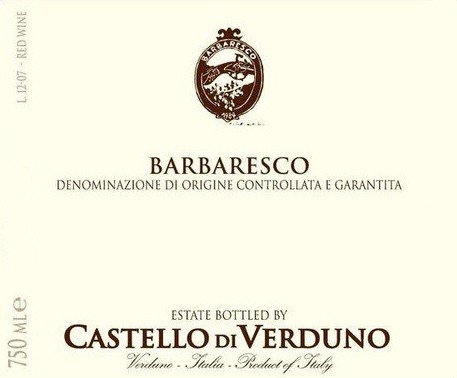1971 Barbaresco Nebbiolo
The Castello Di Verduno Barbaresco from the legendary 1971 vintage is a splendid expression of the Nebbiolo varietal, showcasing the depth and complexity of this iconic region. This red wine presents a mesmerizing ruby hue, hinting at its rich character. On the palate, it offers a medium-body that gracefully balances the vibrant acidity, lending a refreshing lift to the overall profile. The fruit intensity is prominent, revealing alluring notes of dark cherry and dried rose petals, underscored by subtle earthy undertones. Tannins are notably firm, providing structure and the potential for further aging. As a dry wine, it embodies the classic elegance of Barbaresco, making it a distinguished choice for those who appreciate the finesse of Old-World expressions.
The Castello Di Verduno Barbaresco from the legendary 1971 vintage is a splendid expression of the Nebbiolo varietal, showcasing the depth and complexity of this iconic region. This red wine presents a mesmerizing ruby hue, hinting at its rich character. On the palate, it offers a medium-body that gracefully balances the vibrant acidity, lending a refreshing lift to the overall profile. The fruit intensity is prominent, revealing alluring notes of dark cherry and dried rose petals, underscored by subtle earthy undertones. Tannins are notably firm, providing structure and the potential for further aging. As a dry wine, it embodies the classic elegance of Barbaresco, making it a distinguished choice for those who appreciate the finesse of Old-World expressions.




